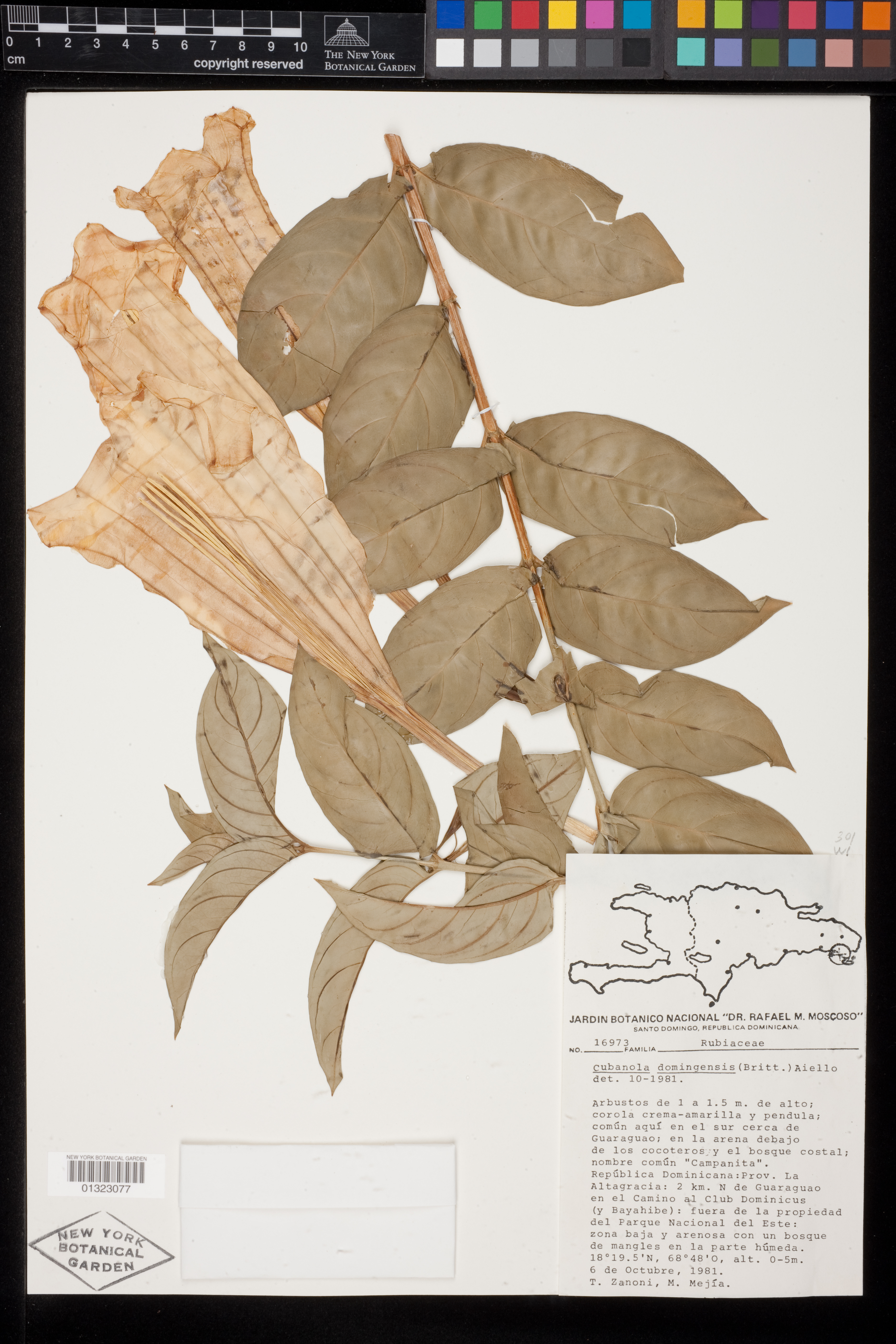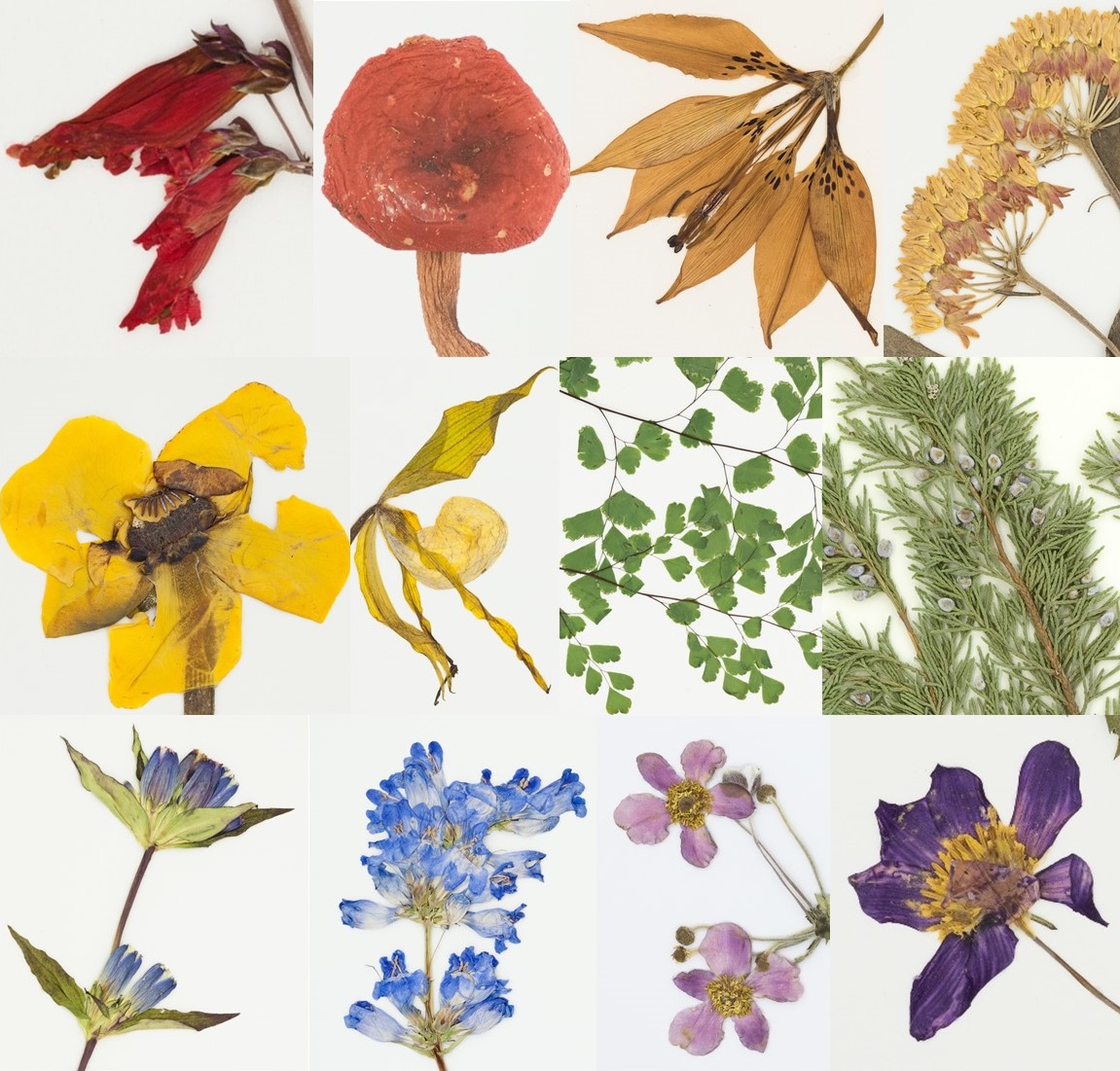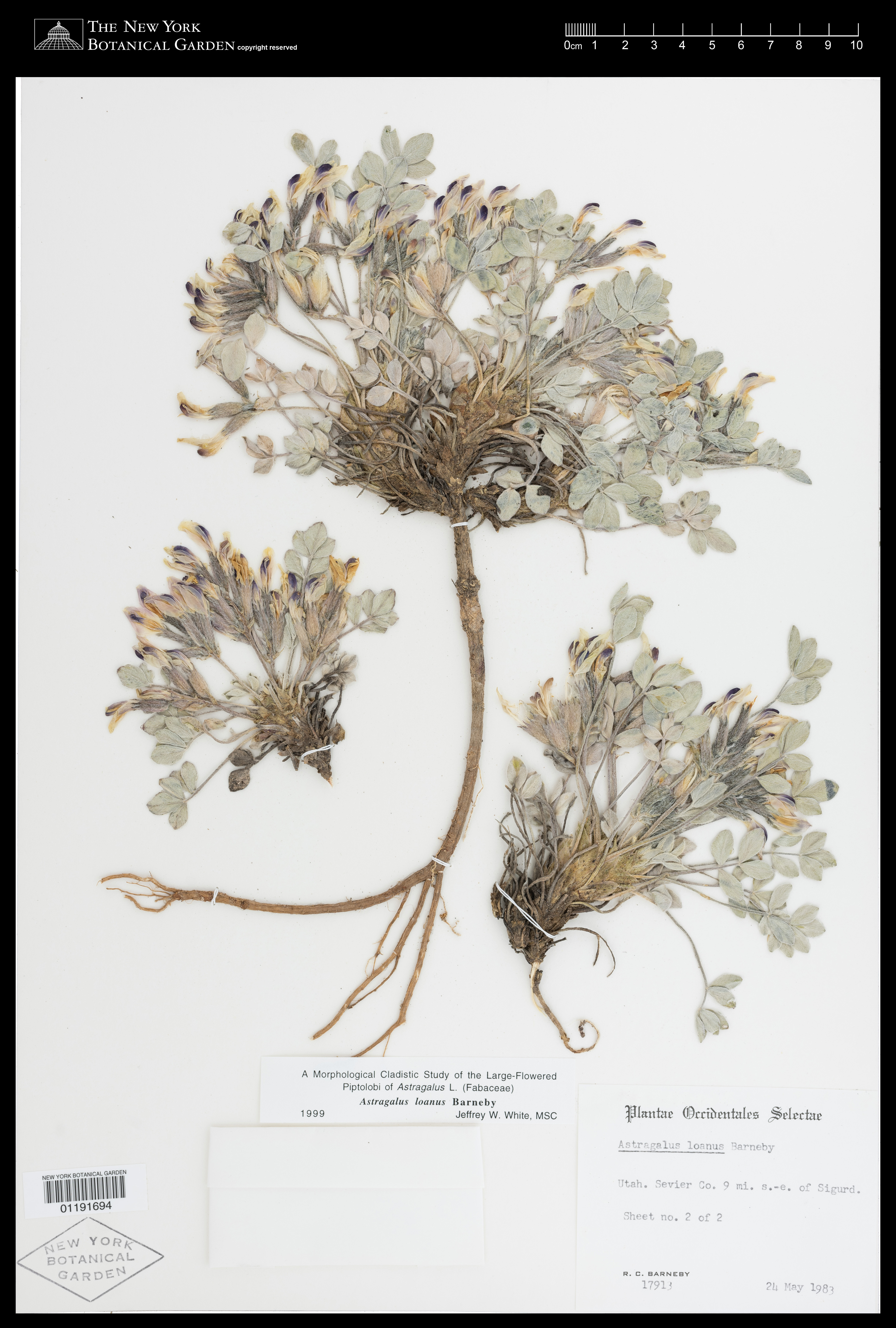Jun 27 2019
Herbarium specimens are kept in metal cabinets to protect them from damage. Although specimens may be kept in a cabinet, LGBTQ+ botanists have long had the freedom to ‘come out of the cabinet’, making major contributions to systematic botany, collections and the practice of collections management, and evolutionary biology. Unlike many scientific disciplines, botany has long been a haven for people who self-identify as LGBTQ+. “An evening botanist” was even a coded reference for LGBTQ+ characters in literature. Similarly, botany was one of the few areas of science in which women could participate in the 19th and early 20th centuries.
In celebration of the 50th anniversary of the Stonewall riots, which initiated the fight for recognition of LGBTQ+ civil rights, highlighted here is a portion of The New York Botanical Garden’s LGBTQ+ legacy. From current NYBG curators and collections staff, to emeritus curators and historical collectors, the achievements of LGBTQ+ people is woven throughout the history of botany. Although the contributions of the LGBTQ+ community is perhaps more well-known in the humanities, our scientific impact is just as wide-ranging and foundational.
Rupert Barneby¹ (1911–2000) was affiliated with NYBG from the 1950’s until his death. With his partner of 48 years Dwight Ripley (1908–1973), he collected across the Western U.S., focusing on the bean family, Fabaceae, particularly the genus Astragalus (above). Reflecting on a legume-centric career, Barneby quipped “They choose you.”² One of the most prolific botanists of the 20th century, Barneby named 1,160 new plant species. Five genera and 25 species are named in his honor, including Castilleja scabrida var. barnebyana (above). Disinherited by his father, Barneby’s worth to plant systematics proved to be incalculable.
Emeritus Curator Bill Buck is an authority on mosses, having collected extensively throughout North and South America, as well as Europe, Asia, Africa, Australia, and Oceania. In 2010, Bill co-led an expedition to document the moss flora of the Cape Horn Archipelago, the southernmost point in South America.
Richard “Dick” Harris is an authority on lichens. He and Bill Buck have been partners for 45 years, co-collecting throughout Florida, the Ozarks, the West Indies, Brazil, French Guiana, and Argentina. Dick and Bill co-discovered and named this lichen: Candelariella efflorescens (yellow dots, above).
Herbarium Intern Philip Evich is digitizing NYBG specimens collected from the Rocky Mountains region. Philip recently worked on the onions (Allium, above), which he thought is appropriate during Pride month because “we all have sparkle somewhere between our many layers.”
Brian Hockaday is a Research Assistant in the Institute of Economic Botany. Brian’s ethnobotanical research focuses on the American tropics and his work, from the archeo-botany of the ancient Maya to plant medicine of Latinx migrants in the hyper-urban environment, spans over 1000 years!
Prussian polymath and naturalist Alexander Von Humboldt³ (1769–1859) laid the foundation of biogeography, how species and ecosystems are distributed across space and time, a core principle of evolution. The NYBG Steere Herbarium holds 116 of his South and Central American specimens, including the above specimen of Hookeria scabriseta.
James Lendemer is an Assistant Curator in the Institute of Systematic Botany, and a leading expert on lichens. James named Andreiomyces morozianus (picture above), a rare high elevation Appalachian endemic lichen that occurs from Maine to Georgia, in honor of his husband, Dr. Andrei “Andy” Moroz.
Assistant Curator of the Herbarium Matthew Pace is a specialist on orchids. Currently working on a monograph of Spiranthes (ladies’ tresses), he has described six new species of this beautiful white-flowered genus. The above specimen of Spiranthes magnicamporum was collected with his partner Shawn Martella during his graduate research.
Emeritus Curator Thomas Zanoni studied Junipers of Mexico and Guatemala, and is most well-known for his comprehensive and unrivaled collections from the Dominican Republic and Haiti (1980–1993), including the above specimen of Cubanola domingensis, a glorious relative of coffee. He curated the NYBG type collection, and served as editor-in-chief of Brittonia and Flora Neotropica Monographs.













